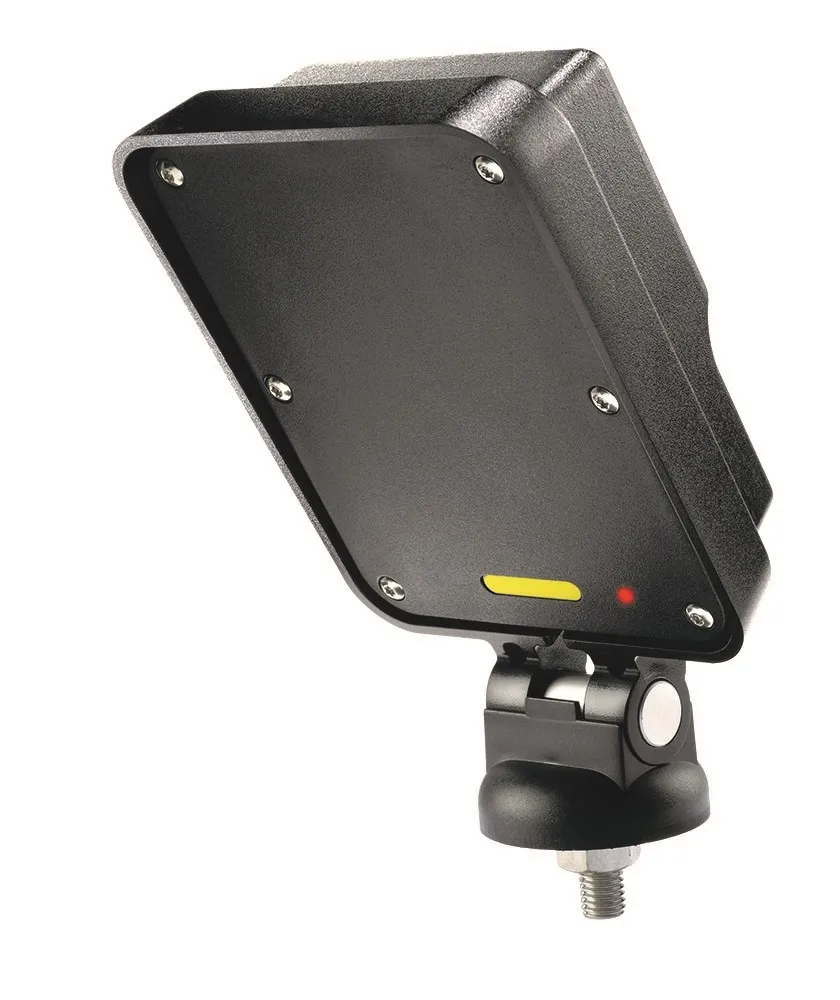
AGD Systems.has enhanced its on-crossing detector in a move which it says will make pedestrians and cyclists 'even safer'.
The company has upgraded the AGD326 "to improve range and give more precise coverage of crossings".
In particular it has increased the range of its 24GHz radar to 24m, which means it is useful on wider crossings spanning multiple lanes.
The company says that its "kite-shaped" detection zone also eliminates black spots.
AGD says its Wi-Fi touch set-up user interface can be accessed easily using a mobile or tablet, with pedestrian crossing visualisation ensuring correct zone set-up according to the individual road or crossing layout.
Technical director Doug Nelson said: “The enhancement to the 326 radar supersedes the current model giving more accurate detection on crossings, increasing safety and expanding its applications in international markets."
“On-crossing and wait-area detection platforms mean pedestrians are tracked accurately in real time, ensuring the safest of journeys.”










